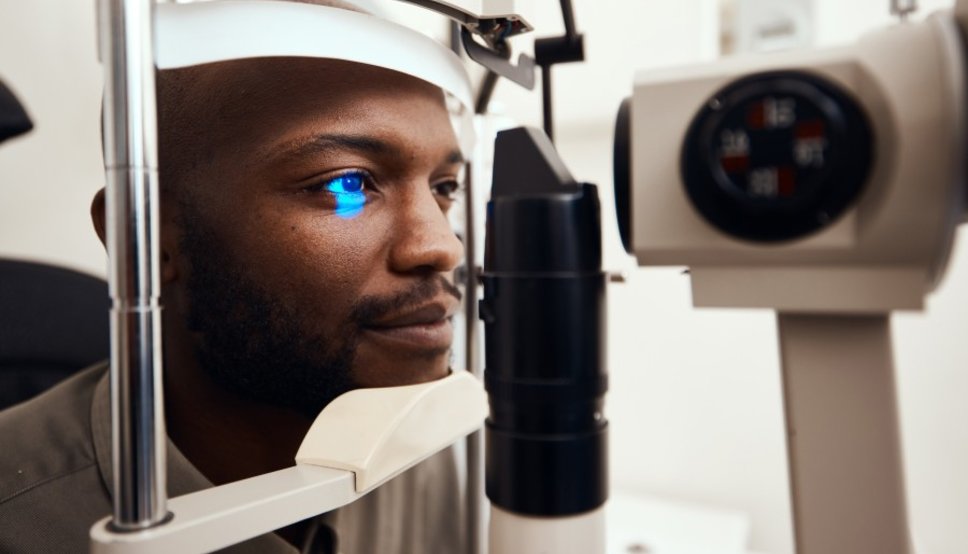Glaucoma: the Silent Thief of Sight

What is glaucoma?
Glaucoma is a disease of the eye that can slowly and painlessly cause permanent loss of vision.
I often like to compare the eye to a sink with a drain, and to describe my job as that of a plumber. The eye continually produces and drains fluid through a sponge-like structure called the trabecular meshwork, like a faucet slowly dripping into a sink.
In glaucoma, for reasons no one completely understands, fluid doesn’t drain well. Because the eye can’t compensate by “turning down the faucet,” the pressure in the eye rises, just like the sink would eventually overflow if the drain were clogged.
The symptoms of glaucoma
There are no symptoms of early glaucoma, but the buildup of pressure in the eye can damage the optic nerve, the cable that connects the photographic film of the eye (called the retina) to the brain. Over time, usually many years, glaucoma can lead to a loss of peripheral vision, which cannot be recovered with any medication or surgery.
Because the vision loss is so slow and insidious, most people cannot notice the progressive disease until it is very advanced. However, with early diagnosis by an optometrist or ophthalmologist, there are many treatments available to preserve vision.
Risk factors for glaucoma
Some individuals have are at a higher risk for glaucoma, including the those who:
- have family members with glaucoma
- are African-American
- use steroid medications
- have a history of eye injury
- have diabetes
- are diagnosed with high myopia (nearsightedness) or hyperopia (farsightedness)
Diagnosing glaucoma
Your eye doctor may suspect glaucoma if your eye pressure is above normal or if your optic nerve has a certain appearance that may be consistent with early glaucoma (called cupping). The doctor may do any number of tests to measure the intraocular pressure, visualize the trabecular meshwork of your eye, test your peripheral vision, photograph the optic nerve, or measure the thickness of the nerve’s fibers. These tests can help determine if you need treatment for glaucoma, or if it is safe to monitor you for development of glaucoma.
Treating glaucoma
If you are diagnosed with glaucoma, one of the first treatments is eye drops. Most eye drops for glaucoma “turn down the faucet” and compensate for “the clogged drain.” Some laser procedures can help the drain work better for several years. For advanced or uncontrollable glaucoma, there are many different surgical options that can help the trabecular meshwork function better or bypass it completely.
Unfortunately, there is no cure for glaucoma. However, with advances in medical and surgical management, we are all becoming better “plumbers” and have more ability to save our patients’ vision!
For more information on how our ophthalmologists can help you, visit our website.

About the Author:
Kimberly V. Miller, MD
Kimberly Miller, MD is a ophthalmologist at Brown Health Medical Group Ophthalmology. She specializes in advanced detection and treatment of glaucoma. She earned her medical degree at The Warren Alpert Medical School of Brown University.
Find a Doctor

The right provider is in our network
Search more than 1,200 providers in our network.



